Main task
Moisten the folded cleaning cloth with cleaning solution and then wring it out.
First work step:
Use the folded cloth to wet wipe the surface. Change the cloth face when it gets dirty.
Use the folded cloth to wet wipe the surface. Change the cloth face when it gets dirty.
Replace the cloth once all cloth areas have been used.
Allow the cleaning solution to take effect, but don't let it dry.
Second work step:
Mop up the dissolved dirt and the remaining cleaning solution with the dry, folded cloth. Change the cloth face when it gets dirty.
Mop up the dissolved dirt and the remaining cleaning solution with the dry, folded cloth. Change the cloth face when it gets dirty.
Replace the cloth once all cloth areas have been used.
Perform a visual check.


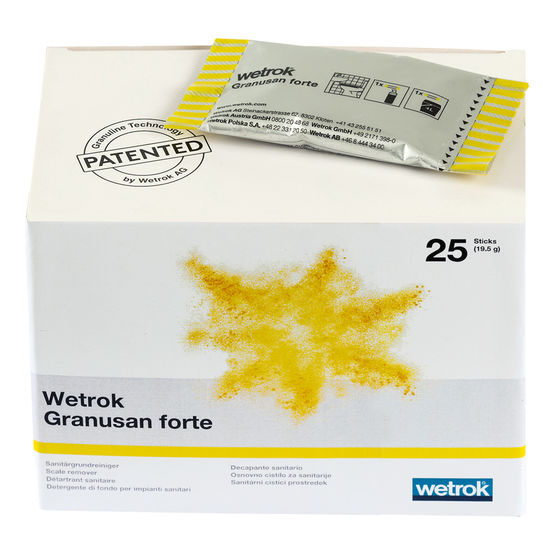
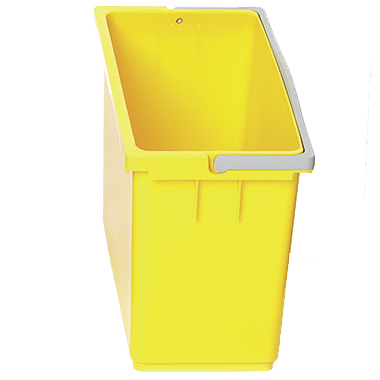
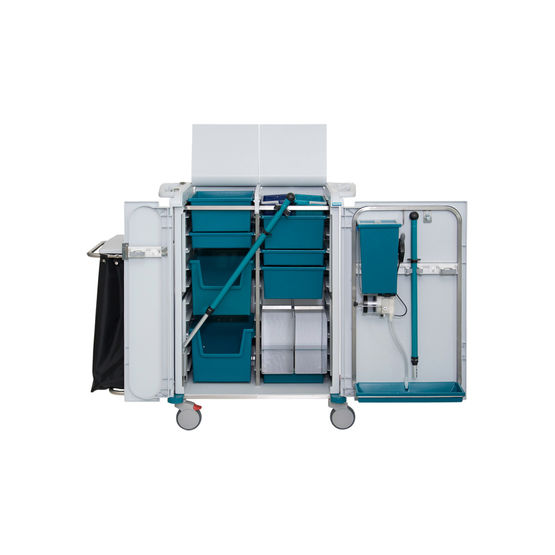
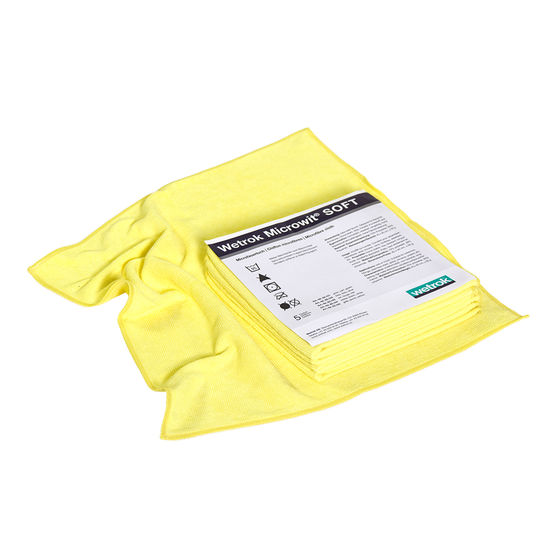
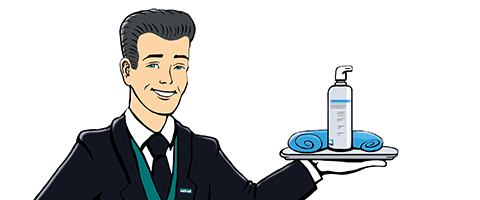
Comments